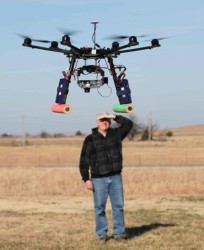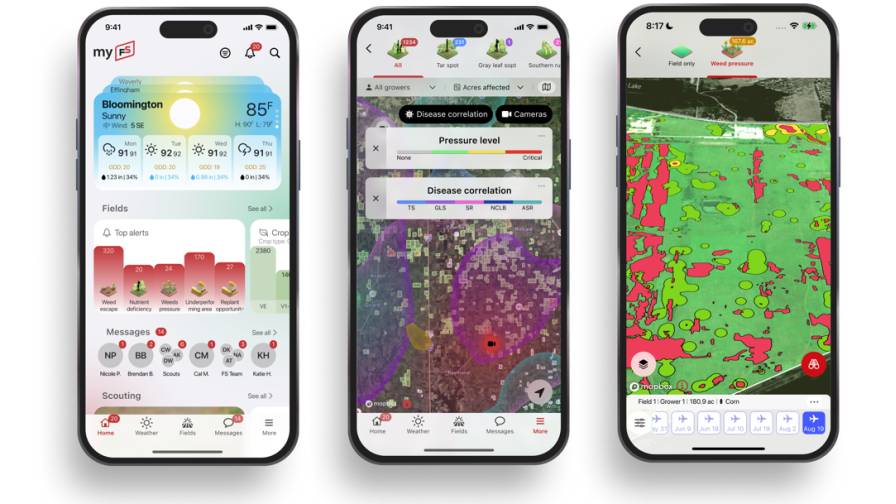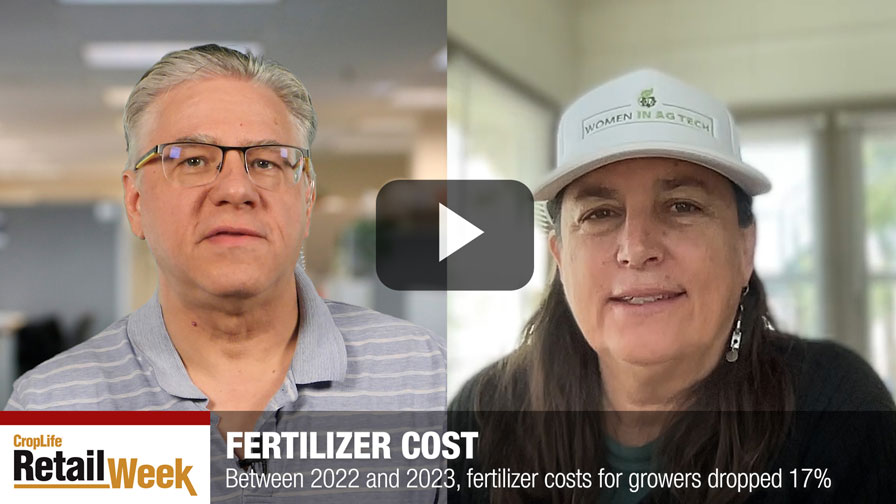UAS: The Future Of Precision Agriculture

When technology and agriculture collide, the outcome is often astonishing. At Kansas State University’s recent Agronomy Field Day, the featured technology — small Unmanned Aircraft Systems — astounded attendees.
With what at first glance appears to be a toy remote control airplane, researchers at K-State are able to take photos of field crops. This data allows them to better understand and analyze plant health. Through 3-D image creation accurate up to one centimeter, researchers are now able to determine how to manage individual parts of a field for more efficient production.
Kevin Price, K-State Agronomy and Geography leader in UAS research said, “The bird’s eye view allows you to see things you could never see from the ground.”
This technology, which uses a variety of spectral data, has potential for several agricultural uses, including: early-generation crop breeding line evaluations, quick and wide-scale scouting of croplands for crop conditions and weed densities, grassland conditions and production evaluation, detection of noxious weeds and detection of blue green algae blooms in ponds and reservoirs.
By combining light and imaging techniques with UAS, researchers are able to get a better picture of plant health. This allows them to identify problems in the plant before the human eye is able to see them. In the future this will lead to earlier and more precise applications of crop management strategies.
The technology and data collection segment of this industry is being mostly utilized by researchers, as there is still much more to come before it can be widely used by farmers. It is essential that basic software is developed to assist in turning the data collected by these aircrafts, into information.
“You can’t use just raw data for farm management,” Price said.
The only software commercially available designed for interpretation of UAS data is AgPixel. Still in its early stages, AgPixel may be the next software in the hands of producers applying precision agriculture techniques to their operations. K-State’s goal is to develop software that can be easily used by producers and agronomists to assist in management decisions on the farm.
The Ag Eagle, a small UAS plane, is being produced as a product of the research conducted at K-State. In conjunction with K-State, Ag Eagle LLC is building the foundation for UAS that farmers and agronomist could use in the near future.
“This is the coolest thing I have worked on in my entire career,” said Price.
In order to safely and legally use UAS, producers will have to comply with Federal Aviation Administration rules and regulations. The FAA is expected to approve commercial use in the next few years. It is anticipated that in the future farmers will have to pass a ground school flying test in order to use UAS on their operation.
The benefits of UAS extend far beyond the farm gate. Kansas is one of the top 10 states predicted to see significant economic value and job creation with the introduction of UAS. In a report from the Association for Unmanned Vehicle Systems International, Kansas is ranked No. 7, with a total projected economic impact of $2.941 billion and an estimated 3,716 jobs created between 2015 and 2025.






